herwin
Posts: 6059
Joined: 5/28/2004
From: Sunderland, UK
Status: offline

|
quote:
ORIGINAL: LoBaron
quote:
ORIGINAL: witpqs
quote:
The only solution which makes sense is nerf skill gain,
This would be the wrong solution because no matter how long it takes there will still be pilots with "super powers".
Maybe, but its probably the easiest one. Personally I prefer a solution that still is possible over a solution that is optimal, in
case the latter cannont be realised.
As far as I know Michael is (and how long still?) the only guy left working on the game (besides DaBabes). If the patch process resembles what I do at work
at least to some extent, there is access to the old pilot training model (the one with the much reduced speed) and this part can be rollbacked.
Maybe this could be flavoured with a lower cap for training (e.g. from 70 to 60, or 50).
quote:
quote:
or find a way to change how the game engine uses skill variables in dice rolls.
The programmers made the pilot skills have an effect (remember there were no pilots skills in WITP vanilla, they were added for AE), so they do have access to adjust the effect those skills have. I'm not suggesting it's easy, and they might not want to tackle it. But if this issue is addressed that's really the only way IMO because the other ways will create imbalances by fixing some of the issues and leaving others in place.
Agree, but as I said already, I´d rather have a suboptimal solution than dreaming about one which will never happen.
Edit: I´d be careful when assuming that because originally there was just one variable, and now, depending on the situation, there is one for each specific situation,
this means the team had access to the coding part of the games engine which governs the specific diec rolls.
It only means there are more pools now where the numbers are drawn from, not that anybody has access to how they are used.
That said, I doubt it will happen at all, and WitP AE is already far better than any other game of this genre, TBH I can live with the smaller glitches of the games´ engine.
You need data to do this. There isn't much available--I started with figures from Methods of Operations Research and then collected a summary of every fighter versus fighter combat available at the time (1978 or so) in the English open literature. The current generation of authors (Bergerud, et al.) have a much larger database. Once you have that, you have a number of approaches you can take.
1. You can eyeball it to come up with a linear fit. The problem is that the performance at the extremes is non-linear.
2. You can use classical statistics. All you know is that you can't exclude your resulting model.
3. You can use Bayesian statistics. With vague priors, you'll get something like the results of the classical model fitting. You're still force-fitting the data into a family of distributions.
4. You can train a neural network. That's magic and takes a lot of learning to get robustness.
5. You can try some version of Tykhinov regularisation, perhaps coming up with a support vector machine. See fcharton for help here. I'm not the specialist he is.
In any case, you can't impose a model, particularly a linear model, and get robustness at the extremes, so you have to do something more sophisticated. However, imagine doing this exercise for every variable in the game engine... JFD eventually abandoned this approach and used his judgement, figuring most of the variables would come out in the wash. If you do that, you have to understand what your scale parameter means and why performance doesn't scale linearly. Nobody understands war that well.
< Message edited by herwin -- 11/3/2011 12:03:28 PM >
_____________________________
Harry Erwin "For a number to make sense in the game, someone has to calibrate it and program code. There are too many significant numbers that behave non-linearly to expect that. It's just a game. Enjoy it." herwin@btinternet.com |
 Printable Version
Printable Version






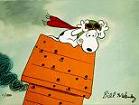



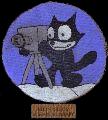


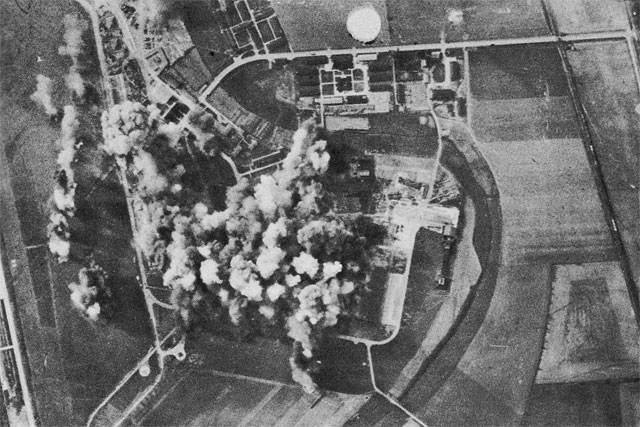
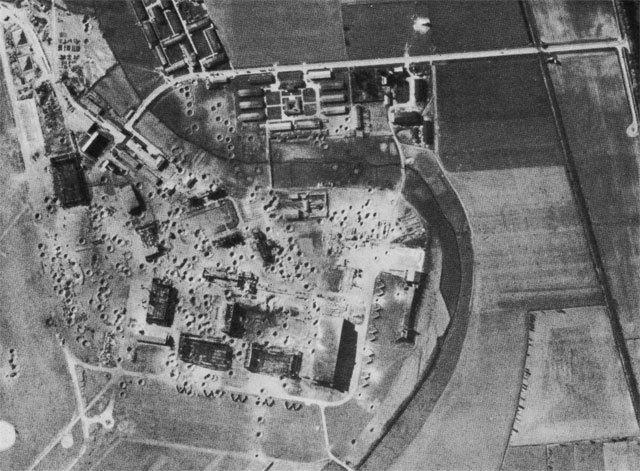

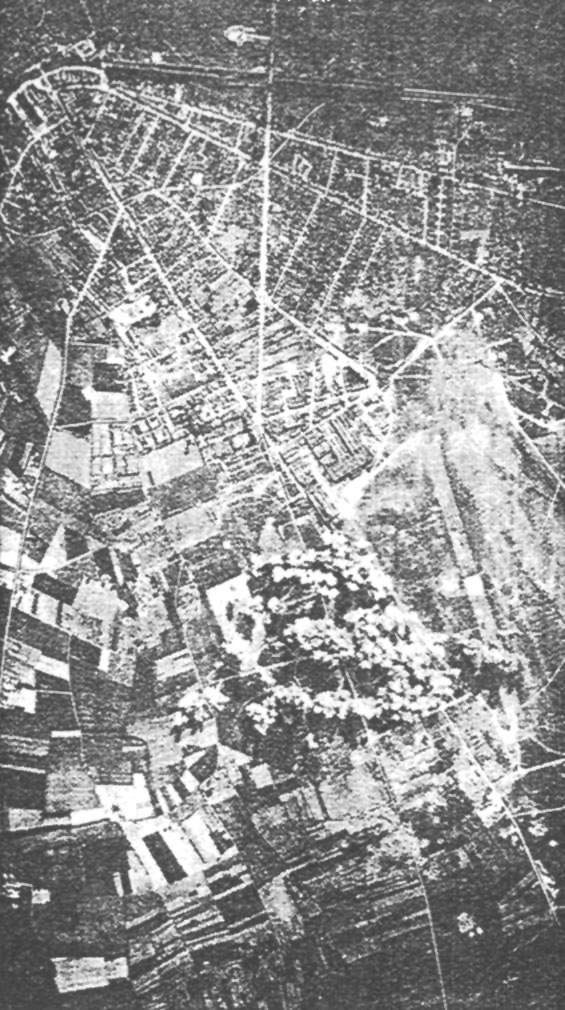





 New Messages
New Messages No New Messages
No New Messages Hot Topic w/ New Messages
Hot Topic w/ New Messages Hot Topic w/o New Messages
Hot Topic w/o New Messages Locked w/ New Messages
Locked w/ New Messages Locked w/o New Messages
Locked w/o New Messages Post New Thread
Post New Thread